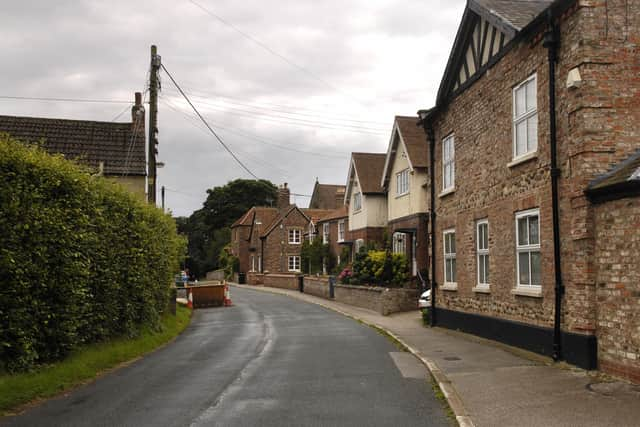Kirk Hammerton Henge: Archaeologists to search for undiscovered prehistoric temple that could be beneath Yorkshire village
Aerial drone surveys revealed a large circular depression in Kirk Hammerton, near Harrogate, and the landowner has now given permission for further investigations to take place.
Tony Hunt, who runs YAA Mapping and whose images suggested the existence of a prehistoric monument, believes it could be one of Yorkshire’s ‘Great Henges’ – earthwork temples built around 4,500 years ago.
Advertisement
Hide AdAdvertisement
Hide AdTen have already been discovered in the region, including Thornborough, Sinderby and Nunwick – all of similar size and construction. They tended to be built near water sources, and the River Nidd passes close to Kirk Hammerton.


Mr Hunt’s mapping techniques suggest that the site of the henge could be beneath the village centre, people’s gardens and St John the Baptist Church. He will now lead an investigation alongside archaeologist Jon Kenney, who runs the Greater York Community Archaeology Project, and members of the public have been invited to take part.
Mr Hunt said: “We will work to establish whether the feature is indeed a henge, or some other archaeological feature or nothing at all. It is intended that the team will involve the public in a community-led project with the Kirk Hammerton History Group.
“Should any members of the public wish to get involved in the forthcoming investigation they can contact me at [email protected].”
Advertisement
Hide AdAdvertisement
Hide AdKirk Hammerton’s church, St John the Baptist, is Anglo-Saxon in origin with remains from the ninth century, and a Roman road also passed through the village, which is mentioned in the Domesday Book.
